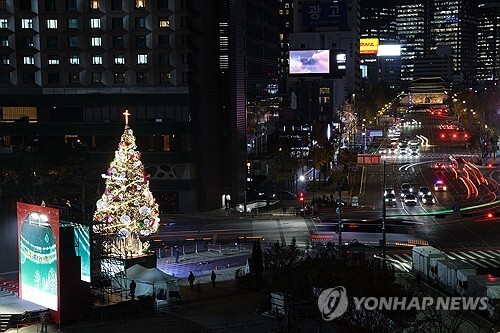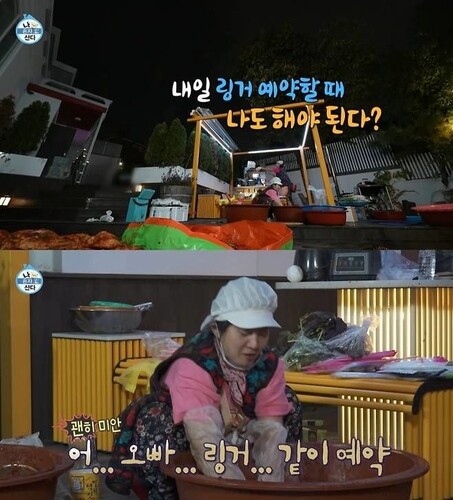dailies-editorials (3)
(EDITORIAL from Korea JoongAng Daily on April 14)
Growing public concern over underground safety amid series of sinkholes and collapses
A recent string of underground accidents has exposed serious flaws in Korea's management of subsurface infrastructure. From tunnel collapses to sinkholes, the incidents are prompting renewed concern over safety in a part of the city most people rarely see, but increasingly rely on.
On April 11, a tunnel under construction for the Shinansan Line in Gwangmyeong, Gyeonggi, collapsed. Two workers were trapped; one was rescued after 13 hours, the other remains missing. More than 2,000 residents were evacuated in fear of further collapse. Just days later, a sinkhole opened near Aeogae Station on Seoul's Line No. 5, disrupting traffic. Another appeared near the Sasang-Hadan subway construction site in Busan. Last month, a 20-meter-wide (66-foot-wide) sinkhole in Gangdong District swallowed a motorcyclist, who died.
While each case had its own immediate cause — whether structural failure, flawed construction methods or external environmental stress — they all occurred underground. That shared context points to a broader issue: Korea's underground space is rapidly expanding, but oversight has not kept pace.
In Gwangmyeong, reports of cracks in a tunnel pillar were filed 15 hours before the collapse. The Gangdong sinkhole is suspected to be linked to an ongoing extension on Seoul's Subway Line No. 9. In Busan, a similar sinkhole occurred at the same site last September. At Aeogae, investigations are still underway.
More troubling is that the city's own data may be insufficient. Seoul maintains maps identifying high-priority maintenance zones, based on utility networks and infrastructure. But the data lacks accuracy, a flaw city officials admit. While some have speculated that information is withheld to avoid disrupting property markets, the city denies this.
What is clear is that Korea's underground requires more than just patchwork fixes. Detailed geotechnical surveys, safety audits of aging infrastructure and the creation of reliable "risk maps" should be top priorities. Seoul has pledged to deliver these, but action must follow swiftly.
Underground systems are easy to ignore — until they fail. Much of Seoul's subsurface infrastructure dates back to the 1960s and 1980s, when the city was growing fast. These aging pipes and tunnels are now liabilities. Local governments must recognize that underground safety is not a peripheral issue. It is central to urban life, and when neglected, the consequences surface fast.
(END)
(C) Yonhap News Agency. All Rights Reserved













![[가요소식] 지코, 요아소비 이쿠라와 신곡 '듀엣' 발매](https://korean-vibe.com/news/data/20251212/yna1065624915953509_920_thum.jpg)









